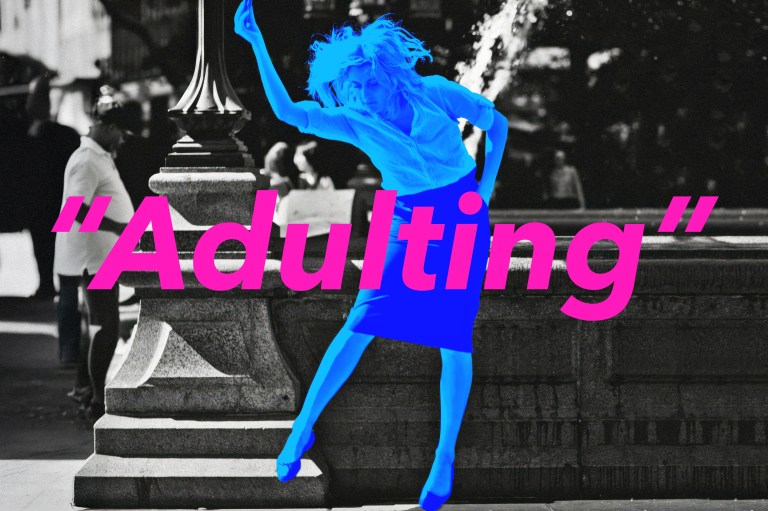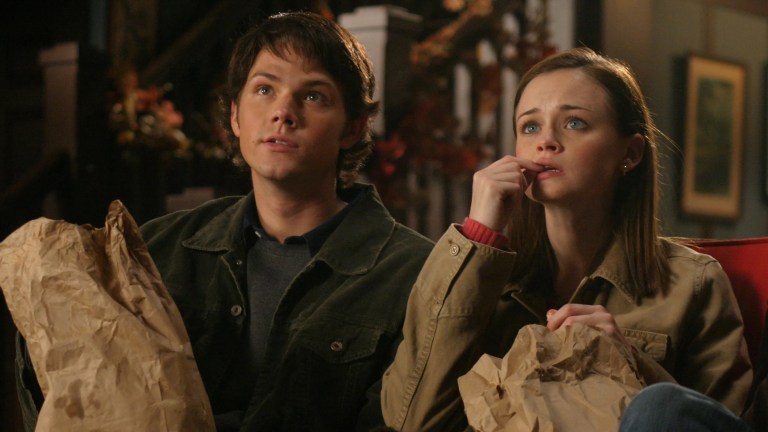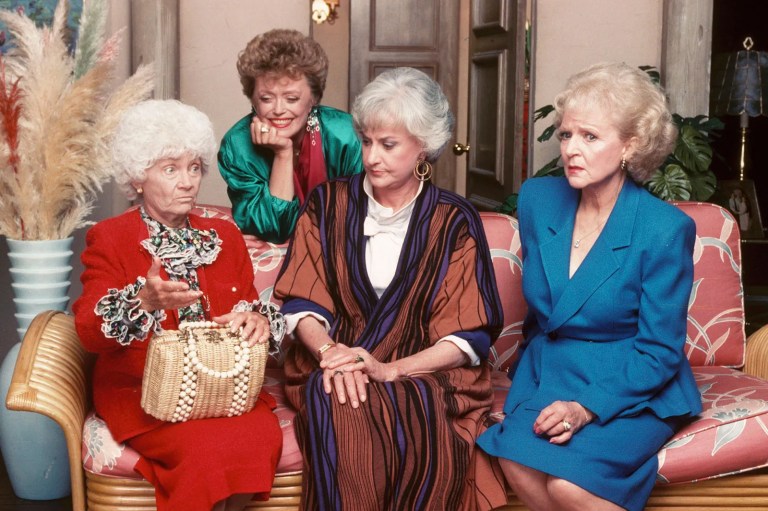
Sorry Lena Dunham, But ‘Too Much’ Pales In Comparison To ‘Girls’
Once vying to be the voice of the millennial generation, Lena Dunham became a household name when she created, wrote, and starred in her hit HBO series, Girls.
She attempted to hold onto Hollywood’s shine after releasing her controversial memoir, Not That Kind of Girl in 2017. While she managed to work on various projects with mixed reviews, her newest series, Too Much, has been a long-awaited answer to Girls as Lena’s next big thing.
No longer in the lost early to mid-20s age range Lena writes for, she played the main character’s sister. But Too Much still follows a stand-in for Lena’s typical protagonist named Jessica, portrayed by Megan Stalter, in the classic fish out of water trope when she moves to London after a break-up. But after begrudgingly watching all ten sometimes 50+ minutes-long episodes of Too Much on Netflix, the series holds no water to Girls. Whatever twinkle of magic that existed when Lena created Girls, the lightning in the bottle that made her a star, is notably absent from Too Much.
The unlikable protagonists of Too Much and Girls are too similar with key differences that work against Too Much’s Jessica.
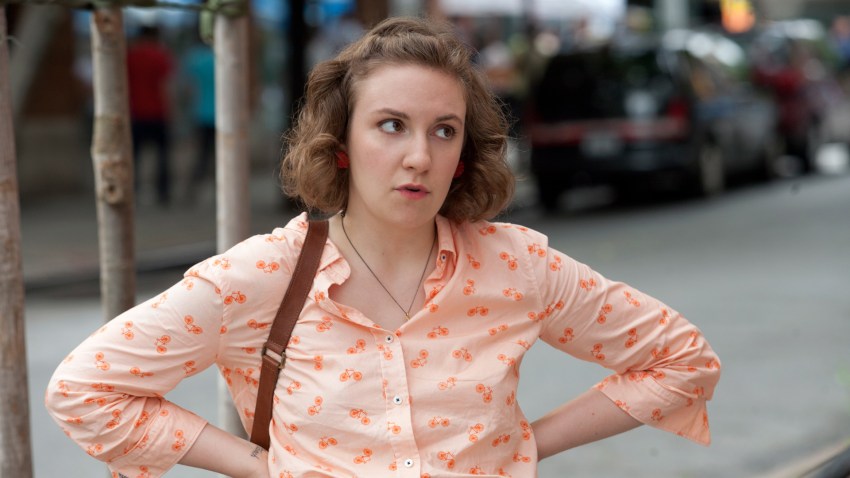
In Girls, Lena Dunham played a version of herself as Hannah Horvath, the slightly narcissistic millennial woman who just wanted to be the voice of a generation. In a way, Lena succeeds while her fictional stand-in gets her “happy ending” by becoming a mother and finding stability in a teaching job. It’s the constant push and pull of the creative mind—should we pursue love and stability or creativity and chaos?
This dilemma is relatable, especially for young women who want to defy societal norms while still feeling loved, appreciated, and important. Jessica is similar in her looks and demeanor to Hannah—people are frequently annoyed or put off by her abrasiveness while she attempts to figure out her best way forward in a world not built for her. By placing her in London, this is even more apparent.
However, Jessica doesn’t have the same artistic bug or talent as Hannah. More importantly, her journey isn’t as believable or relatable as Hannah’s, while she is simultaneously less grateful and more privileged than her predecessor. Working as a director’s assistant thanks to a family connection, Jessica is transferred to work in the London office because of how poorly she’s dealing with her break-up.
Immediately, she meets and falls for a quirky, yet handsome, musician, who falls right back in love with her. But their chemistry misses the mark. And while Girls addressed Lena Dunham’s unconventional looks, Too Much barely acknowledges it beyond a disturbing conversation Jessica has with her ex-boyfriend in Brooklyn.
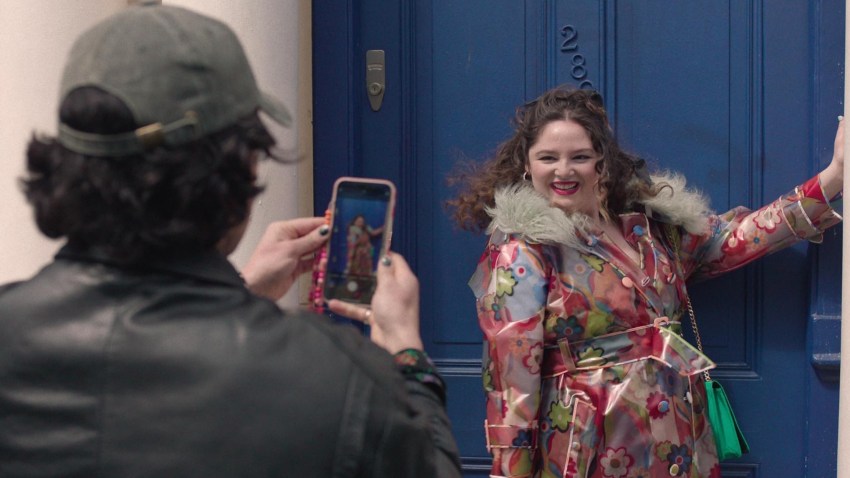
Jessica is also an unlikable protagonist, but she gets her way much more easily and frequently than Girls’s Hannah. Perhaps this is a commentary on 2025’s progression, but it makes Too Much less realistic and the character less redeemable. By the end of the series, her realization that no man should take her light away, that she is special and strong and talented, loses meaning when there’s not much evidence of that throughout the show. She complains frequently, harps on the past, is self-absorbed, and lacks the maturity to see how her actions and words affect other people.
We see that she’s been hurt and treated poorly, that she just wants to love and be loved, but her inability to see past herself makes her happy ending unsatisfying as she expects the world to grow around her rather than grow within it. Girls, however, gives us foils to Hannah in her friends. Each of them has irredeemable flaws as they bring out the best and worst in one another. By showing us these interactions and character complexities in real time rather than as flashbacks, we’re able to see the characters grow and change, while Too Much’s Jessica feels much more stagnant.
In a nutshell, Hannah adapts to the world, finding a place for her unique perspective while learning to exist in the world as it is, while the world seems to adapt to Jessica, suggesting that the rest of us should love and accommodate people we may not be inherently drawn to. As a woman with ADHD, I can identify with both characters, but Jessica’s lack of self-awareness, expecting a happy ending to be handed to her the same way her job was, make the character less sympathetic and minimize the struggle many women who feel othered go through. It’s as if Lena’s decade of fame and privilege has made her forget what it feels like to truly struggle.
Girls was both subversive and funny, while Too Much tries and fails to do the same.
Girls was one of the first television shows that included unconventional nudity and sex scenes, in which Lena repeatedly put herself in front of critics about how she looks. But her freedom allowed many women to feel less repressed and more open and honest about loving us as we are rather than who we want to be. It also provided a more intimate and realistic look at being a millennial woman in a big city, simultaneously looking for love and success in a competitive world that sexualizes women before respecting them.
However, creating a show like this in 2025 is a different beast. We are much more progressive in how we speak about, hire, and even portray women. Lena can be credited with somewhat paving the way for this with Girls, but years later, an unlikable unconventional-looking female protagonist isn’t as controversial or subversive as it used to be. The gratuitous sex scenes aren’t ground-breaking the way they were in Girls, and they seem to be there just for the sake of it rather than to make any sort of statement.
But most importantly, the humor of Girls was its heart, and it is simply absent from Too Much. Jessica speaks poetically, as if every word she says is an attempt at writing the next great Miranda July-esque short story, but let’s be honest, no one speaks like that in their day-to-day life, not even Lena Dunham. Her constant attempt to always be “on” is reminiscent of an open mic comedian trying (and failing) to make everyone laugh offstage, instead isolating themselves from the genuine and honest friendships that can form behind the scenes when those comedic barriers are broken down.
In Girls, however, both the scenarios and characters were genuinely funny, even if sometimes painful and pitiful. Lena’s comedic timing and honesty allows every scene to find its humor, such as when Shosh accidentally smokes crack or when Jessa gives herself a miscarriage by getting overly drunk before the doctor’s appointment to abort. The scenarios are simultaneously believable and strange, and the way the characters deal with them always has a hint of humor.
Girls doesn’t try too hard to be funny—the character-driven dialogue and darkly funny way of looking at the world just makes it so. But Too Much pales in comparison; with fewer laughs, fewer relatable characters, and a less believable arc, it sadly won’t be the project that lives up to Girls. It’s possible nothing ever can after Lena set the bar so high for herself, but we won’t lose hope.

